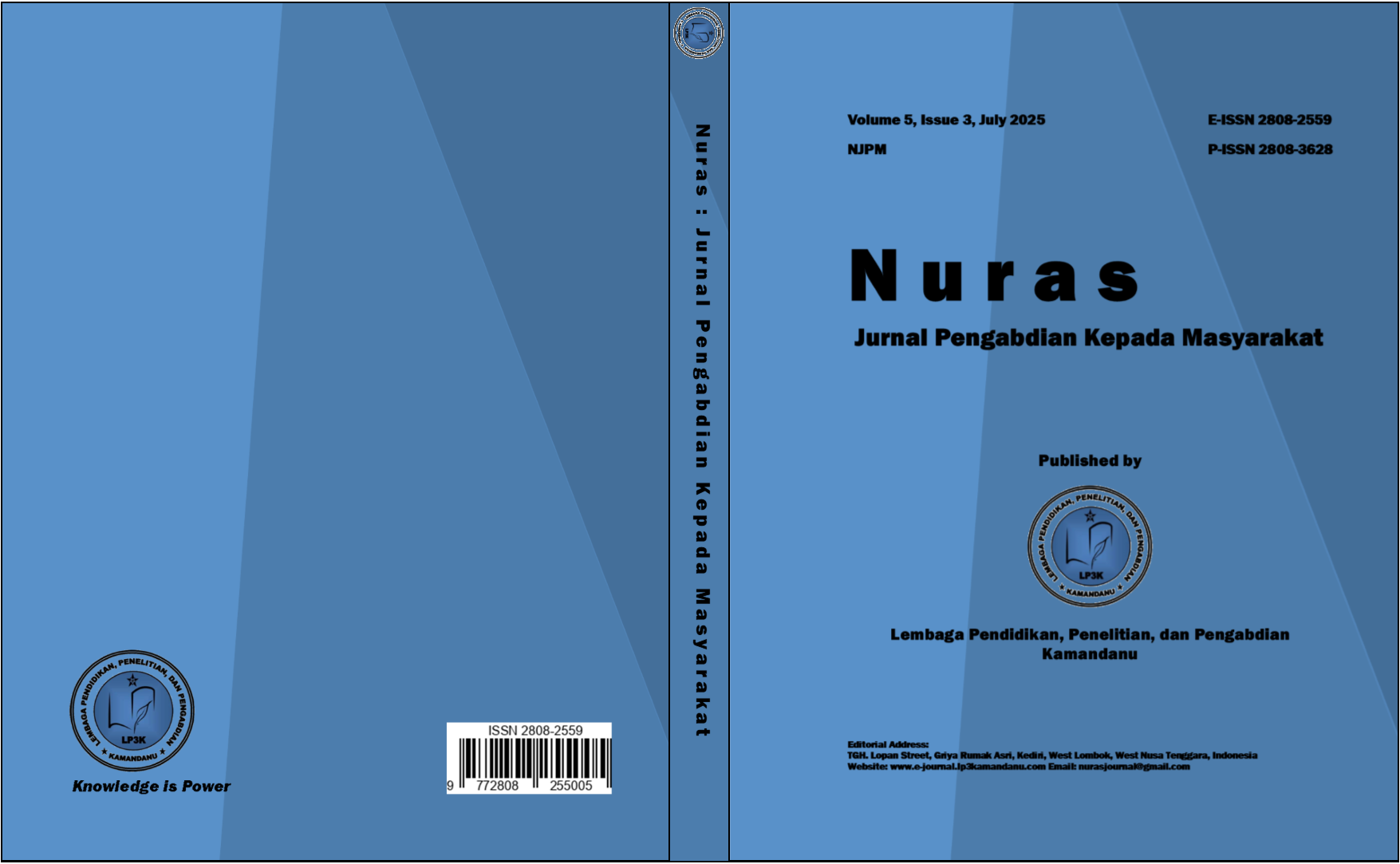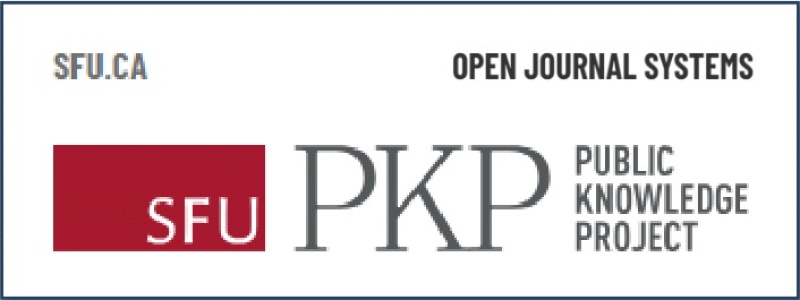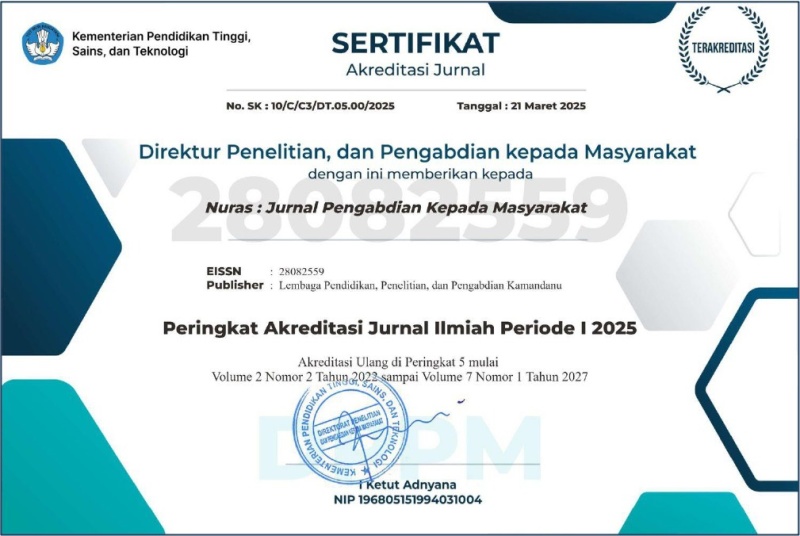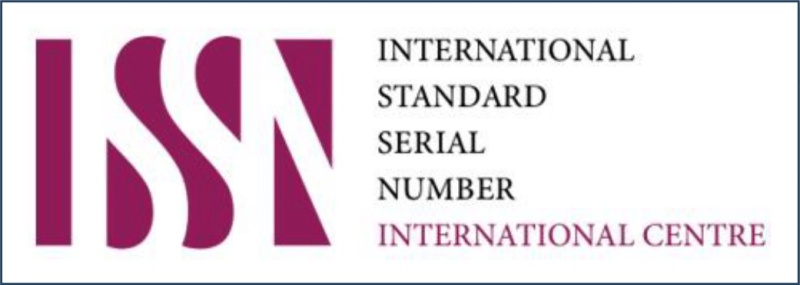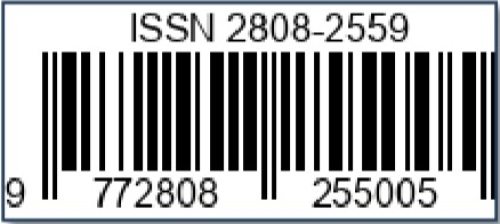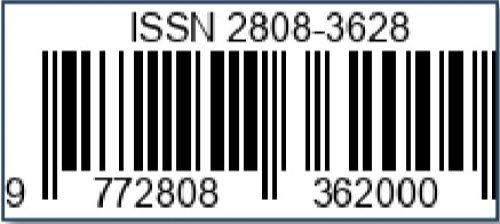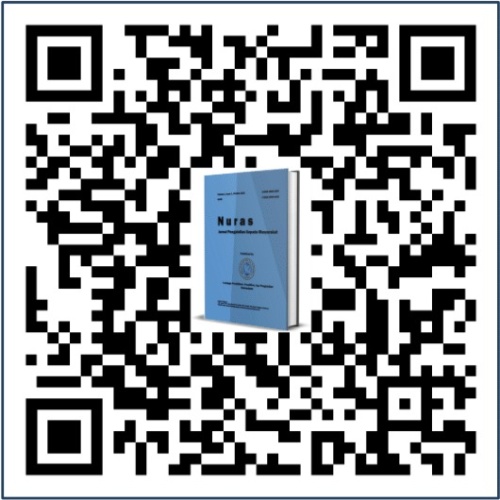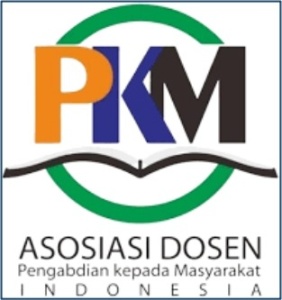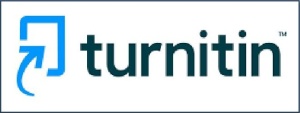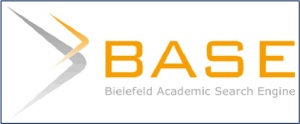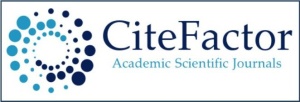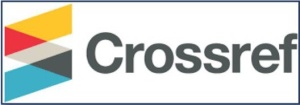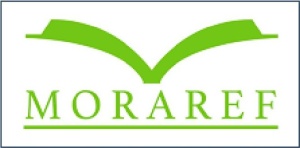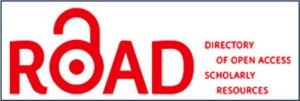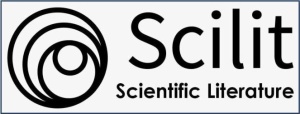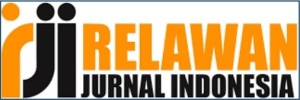Ekstraksi Rimpang Jahe: Mengungkap Khasiat dari Metode Dekok dan Infusa
DOI:
https://doi.org/10.36312/nuras.v5i3.504Keywords:
Decoction, Extraction, Infusion, GingerAbstract
Ginger (Zingiber officinale Roscoe) is a medicinal plant widely used in traditional medicine in Indonesia due to its diverse active compounds. However, many people still do not understand the proper extraction methods to maximize the recovery of beneficial compounds from ginger rhizomes. This community service activity aims to improve community knowledge and skills in processing ginger through decoction and infusion methods. The methods used included interactive counseling and live demonstrations on the preparation of herbal remedies, extraction techniques, and the advantages and disadvantages of each method. As part of the evaluation, pre- and post-tests were conducted to measure participants' understanding. The results showed an average pre-test score of 92.89, which increased to 96.67 in the post-test. This increase indicates that the counseling activity successfully strengthened participants' understanding, both theoretically and practically. This activity demonstrates that an experiential educational approach can have a positive impact on increasing public literacy regarding the use of medicinal plants.
Downloads
References
Ayustaningwarno, F., Anjani, G., Ayu, A. M., & Fogliano, V. (2024). A Critical Review of Ginger’s (Zingiber officinale) Antioxidant and Anti-Inflammatory Properties. Frontiers in Nutrition, 11(1), 1-7. https://doi.org/10.3389/fnut.2024.1364836
Azizuddin, I. (2021). Jamu Tradisional Peningkat Imunitas di Masa Pandemi. Journal of Research on Community Engagement, 2(2), 38-42. https://doi.org/10.18860/jrce.v2i2.11962
BPOM. (2020). Laporan Data Tanaman Obat Terbanyak Digunakan dalam Jamu. Jakarta: Badan Pengawas Obat dan Makanan.
BRIN. (2024). Indonesia has 30,000 Plant Species and Marine Resources for Herbal Medicine. Jakarta: Badan Riset dan Inovasi Nasional.
Bringle, R. G., & Hatcher, J. A. (1996). Implementing Service Learning in Higher Education. Journal of Higher Education, 67(2), 221-239. https://doi.org/10.2307/2943981
Devi, K. R., & Kumari, P. (2024). Role of Extraction Techniques in Phytoconstituent Standardization of Herbal Drugs. Research Journal of Pharmacognosy and Phytochemistry, 16(4), 45-51.
Fotsing, Y. S. F., Kezetas, J. J. B., Batiha, G. E. S., Ali, I., & Ndjako, B. L. (2021). Extraction of Bioactive Compounds from Medicinal Plants and Herbs. London: IntechOpen.
Jannah, H., & Safnowandi, S. (2018). Identifikasi Jenis Tumbuhan Obat Tradisional di Kawasan Hutan Olat Cabe Desa Batu Bangka Kecamatan Moyo Hilir Kabupaten Sumbawa Besar. Bioscientist : Jurnal Ilmiah Biologi, 6(2), 145-172. https://doi.org/10.33394/bioscientist.v6i2.2457
Jung, M. Y., Kim, H. J., & Yoon, S. H. (2017). Thermal Degradation of Gingerol to Shogaol in Ginger Extract: Impact on Antioxidant Activity. Food Chemistry, 221(1), 1821-1825. https://doi.org/10.1016/j.foodchem.2016.10.024
Kementerian Kesehatan Republik Indonesia. (2011). Kebijakan Pengembangan Obat Tradisional Indonesia. Jakarta: Kementerian Kesehatan Republik Indonesia.
Laily, D. W., Atasa, D., & Wijayanti, P. D. (2022). Sosialisasi Pembuatan Minuman Herbal untuk Meningkatkan Pendapatan Masyarakat Desa Tambakrejo Kabupaten Kediri. Jurnal Pengabdian Masyarakat LPPM Universitas Negeri Surabaya (JPML), 5(2), 56-61. https://doi.org/10.58406/jpml.v5i2.1059
Sujana, D., Hasyim, D. M., Ramdani, H. T., Fadilah, S. N., Yuliasari, S., & Arismawati, M. (2021). Efek Antipiretik dari Perasan, Infusa, dan Dekokta Kunyit (Curcuma domestica Val.) pada Mencit yang Diinduksi Larutan Pepton. Pharma Xplore, 6(2), 27-34. http://dx.doi.org/10.36805/farmasi.v6i2.1939
Downloads
Published
How to Cite
Issue
Section
License
Copyright (c) 2025 Yelfi Anwar, Muhammad Sayid Ali Fikri, Nur Fitri Rahmadani, Nazwa Ikramullah, Nurfebby Permatasari, Siti Rahmah, Fajriatul Istiqomah, Regina, & Dziki Dzikrivan Surahman

This work is licensed under a Creative Commons Attribution-ShareAlike 4.0 International License.
-
Attribution — You must give appropriate credit, provide a link to the license, and indicate if changes were made. You may do so in any reasonable manner, but not in any way that suggests the licensor endorses you or your use.
-
ShareAlike — If you remix, transform, or build upon the material, you must distribute your contributions under the same license as the original.

